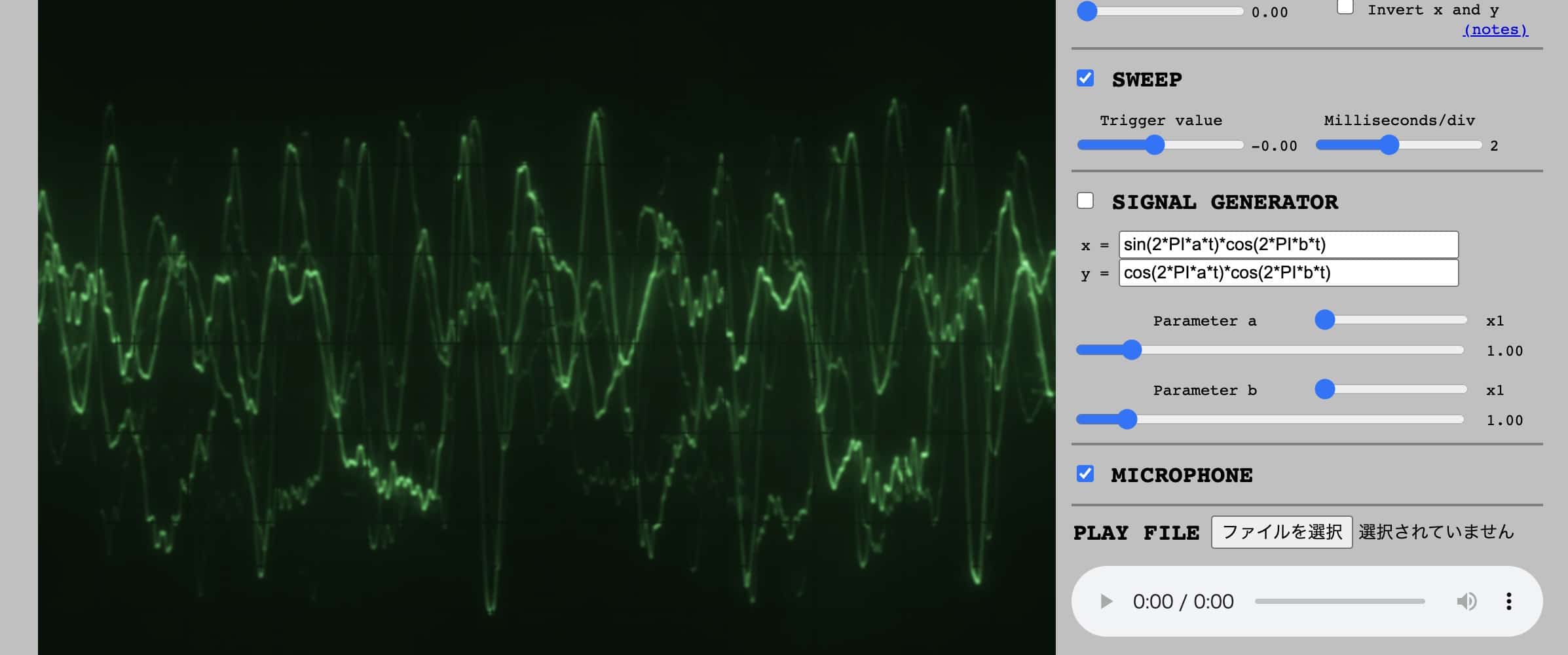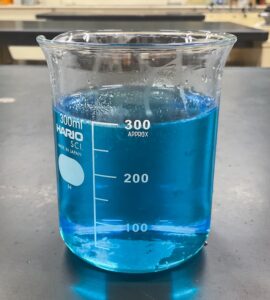Web App Oscilloscope ‘XXY OSCILLOSCOPE’ — A Game-Changer for Teaching Sound!
I’m Ken Kuwako, a science trainer. Every day is an experiment.
Did you know that your voice has a unique “shape,” just like a fingerprint? Wouldn’t it be cool to see the invisible sounds of your laughter, a serious conversation, or your favorite song lyrics in real-time, just like a scene from a movie? If you’re thinking, “I’d probably need a special app or fancy equipment for that,” think again! Today, I’m going to guide you through a magical science experiment that “visualizes” your voice using a free web app—no installation required, accessible right from your computer or smartphone’s browser!
No Prep Needed! See Your Voice’s Waveform Right Now
The magical tool we’ll be using is called XXY OSCILLOSCOPE, which is freely available for anyone to use online. You don’t need any complicated machinery from a science lab. Just by opening the link below, your screen will instantly transform into your very own mini-laboratory.
You can use it right away from this link (no installation required)

The amazing thing about this tool is that it works on any device—PC, tablet, or smartphone. Your built-in microphone will pick up your voice and the sounds around you, translating them into beautiful wave patterns in real-time.
A Magic Spell? Easy Steps to Get the App Working
This app can be a little moody sometimes and might not work the moment you open it. But don’t worry! With these simple steps, you can get it to respond to your voice almost every time.
What you’ll need
Any device connected to the internet (PC, tablet, or smartphone is fine)
A browser (Chrome or Edge are recommended)
Tips for Getting Started
First, open the app from the link above.
Open the Options menu on the right side of the screen.
Now for the magic spell! Simply uncheck and then re-check the boxes for “Sweep” and “Microphone.”

Now, try speaking into your microphone! How about that? Your voice has started moving as a beautiful waveform!
You’re a Sound Detective! A Challenge to Investigate Your Voice’s “Fingerprint”
Now that you can see the waveform, you’re officially a “Sound Detective.” Let’s try to solve some of the mysteries hidden in the sounds all around us!
Challenge 1: Solve the Vowel Mystery!
Try saying the vowel sounds, like “ahh,” “eee,” and “ooh.” Can you see how the basic jagged shape of the wave changes slightly for each vowel? This difference in wave “shape” is the secret behind your voice’s unique quality, what scientists call timbre. It’s also the basic idea behind the “voiceprint analysis” used in criminal investigations!
Challenge 2: Master the Pitch!
Try singing a musical scale: “Do-Re-Mi-Fa-So-La-Ti-Do~♪” As you go from lower to higher notes, do you see the waves get closer together and more compact? This wave “density” is what determines the pitch (or frequency) of a sound.
Challenge 3: Catch the Impact Sound!
Try clapping your hands or snapping your fingers. You should see a sharp, tall wave appear for just an instant. The “height” of this wave represents the sound’s loudness (or amplitude).
And There It Is! The True Nature of Sound

With just this one free app, you’ve managed to visualize all three key elements of sound (loudness, pitch, and timbre)! The true nature of sound is simply invisible vibrations (waves) in the air. This app acts as a translator, turning those air vibrations into a language our eyes can understand.
When I do this experiment with students, I always hear a collective “Whoa!” The moment you realize your own voice has a unique and beautiful shape is truly exciting. With no setup or cleanup required, the possibilities for exploration are endless. Go ahead and experience this amazing feeling for yourself!
Contact & Inquiries
Bringing the wonder and fun of science closer to you! I create easy-to-understand guides and fun science experiments you can do at home. Please feel free to browse!
・About the author, Ken Kuwako, click here.
・For various requests (writing, lectures, science workshops, TV supervision/appearances, etc.), click here.
・Article updates are posted on X (formerly Twitter)!
![]() We post experiment videos on our Science Content Channel!
We post experiment videos on our Science Content Channel!


